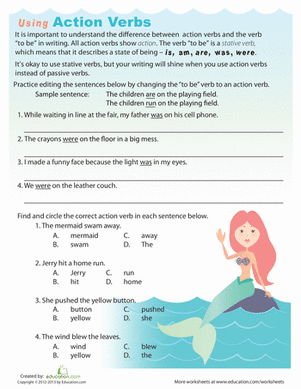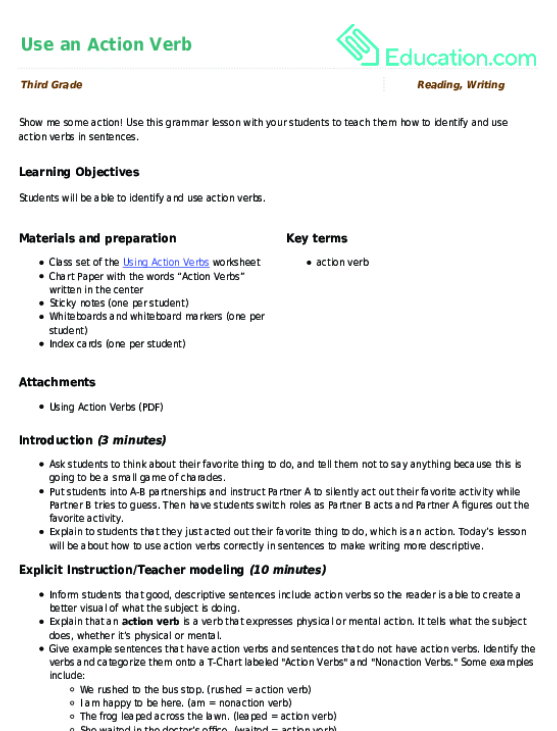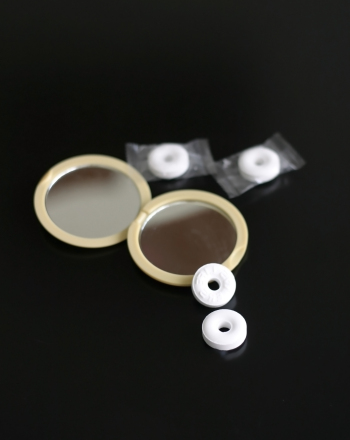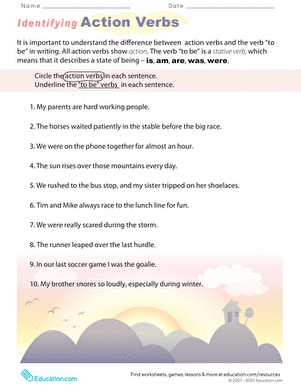Science project
Capillary Action Experiment
It's a trick, it's magic -- no! It's capillary action, the amazing, gravity-defying scientific phenomenon that causes liquids to flow up. How does it work? Why does it work? Wonder no more because with this simple and fun experiment, you'll see capillary action with your own eyes. You, kid scientist extraordinaire, will test the capillarity of several different straws, determing which kind of straw has the strongest capillary action.
Problem:
Conduct a capillary action experiment. Does capillary action work best in narrow or wide drinking straws?
Materials:
- Water
- Food coloring
- Spoon
- Glass
- Notebook
- Pencil
- Regular drinking straw
- Miniature drinking straw
- Large drinking straw (e.g. milkshake straw, tapioca straw)
Procedure:
- Fill your glass with water.
- Add a few drops of dark food coloring.
- Use your spoon to mix the food coloring and the water until the liquid is all one color. Still too light? Squeeze in as many drops of food coloring as you like!
- Set your three different sized straws beside the glass. Try peeking through each one. Which straw would you like to drink juice with? What about if you were drinking a thick, goopy smoothie?
- Think about what you know about capillary action. Which straw do you think will show the strongest capillary action? Write down your guess, or hypothesis.
- Use scissors to trim your three straws so they are all the same length
- Practice holding all three straws in one hand. Make sure that they are each lined up the same.
- Place all three straws in the water, but don’t let them touch the bottom of the glass
- Count to thirty.
- How far up did the water go in each straw? Write down your observations in the desk. Was your hypothesis correct?
Results
The water travels highest in the narrow straw. Some colored water should have made it up the regular straw, but barely any of the liquid should have traveled up in the biggest straw.
Why?
Capillary action depends on dissimilar, or different, substances interacting with each other, one a liquid and the other a solid. In other words, it could never happen between two puddles of water or two straws. When the water molecules hit the straw, the two different substances adhere, or stick together. You can think of it in terms of attraction -- the water molecules are attracted to the inner plastic of the straw.
The results of this experiment can be explained by what you now know about adhering, along with a new concept: cohesion. Cohesion explains the way molecules of a single substance stick together. Water has very strong cohesion. The smallest straw obviously had the smallest opening, allowing for more water cohesion. Imagine dipping your hands into a pool of water. When you lift your hands, some of the water is still pooled in your palm -- as long as your fingers are pressed tightly together. This represents the small straw. Now what would happen if you separated your fingers a bit? All the water would spill out. Even though water is highly cohesive, it can't stick together in a big straw. That's why hardly any water adhered to the inner plastic.
Now you know that the size of the tube is important for capillary action, but what about the liquid tested? Try this same experiment using corn oil, liquid soap and milk. Do you think you'll get the same results? Keep guessing different ways to test capillary action -- and don't forget to make a hypothesis with each new test. That's how scientists investigate the world, and now that's the way you can too!
Education.com provides the Science Fair Project Ideas for informational purposes only. Education.com does not make any guarantee or representation regarding the Science Fair Project Ideas and is not responsible or liable for any loss or damage, directly or indirectly, caused by your use of such information. By accessing the Science Fair Project Ideas, you waive and renounce any claims against Education.com that arise thereof. In addition, your access to Education.com's website and Science Fair Project Ideas is covered by Education.com's Privacy Policy and site Terms of Use, which include limitations on Education.com's liability.
Warning is hereby given that not all Project Ideas are appropriate for all individuals or in all circumstances. Implementation of any Science Project Idea should be undertaken only in appropriate settings and with appropriate parental or other supervision. Reading and following the safety precautions of all materials used in a project is the sole responsibility of each individual. For further information, consult your state's handbook of Science Safety.













